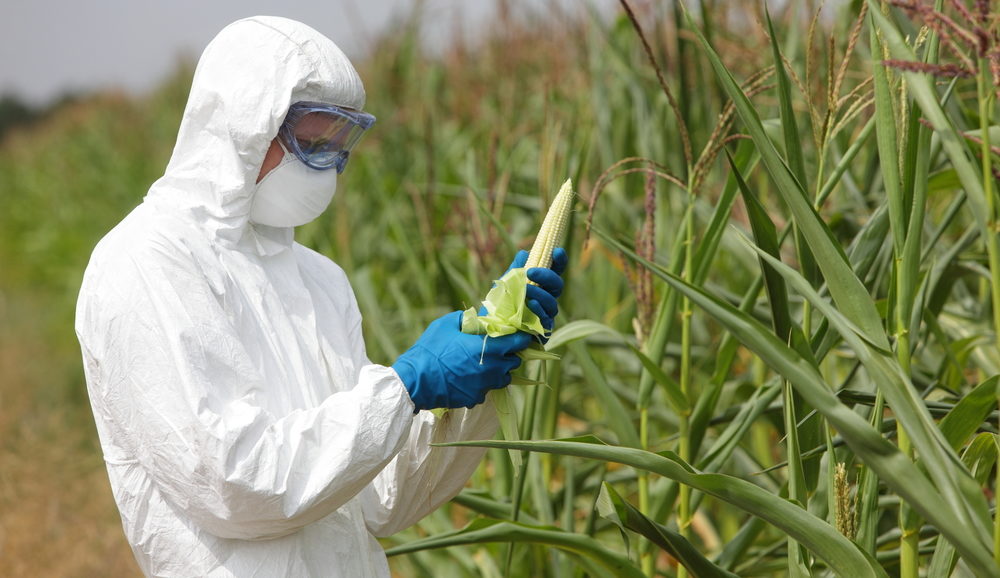Unraveling the Truth Behind Bioengineered Food: What You Need to Know
Hey there, curious minds! Have you ever heard the term “bioengineered food” and wondered what it’s all about? Well, you’re not alone! Today, we’re diving deep into the world of bioengineered food to uncover the facts and dispel the myths surrounding this hot topic. So, grab a seat and let’s explore the fascinating realm of bioengineered food together.
Bioengineered food, also known as genetically modified (GM) food, refers to crops that have been genetically altered using biotechnology. This process involves manipulating the plant’s DNA to enhance desirable traits such as resistance to pests, tolerance to herbicides, or increased nutritional content. While the concept of bioengineered food may sound like something out of a sci-fi movie, it’s actually quite common in today’s agricultural landscape.
One of the most well-known examples of bioengineered food is genetically modified corn. By introducing genes from bacteria into the corn’s DNA, scientists have created varieties that are resistant to certain pests and herbicides, leading to higher yields and reduced reliance on chemical pesticides. Similarly, bioengineered soybeans have been developed to withstand herbicides, allowing for more efficient weed control and increased productivity.
But what about the safety of bioengineered food? This is a question that often sparks debate among consumers and scientists alike. While regulatory agencies such as the Food and Drug Administration (FDA) and the Environmental Protection Agency (EPA) have deemed bioengineered crops to be safe for human consumption, some groups remain skeptical. Critics raise concerns about the potential long-term health effects of consuming genetically modified organisms (GMOs) and the environmental impact of large-scale monoculture farming.
However, supporters of bioengineered food argue that these crops have undergone rigorous testing and are subject to strict regulations to ensure their safety. They point to the benefits of bioengineered crops, such as increased crop yields, reduced pesticide use, and improved nutritional content. For example, bioengineered rice has been developed to contain higher levels of vitamin A, helping to address micronutrient deficiencies in developing countries.
In addition to their potential benefits, bioengineered crops also raise important ethical and socio-economic questions. Critics worry about the concentration of power in the hands of a few large agrochemical companies that control the patents on bioengineered seeds. They also raise concerns about the impact of bioengineered crops on small-scale farmers and traditional farming practices.
So, what’s the bottom line on bioengineered food? Like any complex issue, there are pros and cons to consider. While bioengineering holds promise for addressing global food security challenges and improving crop resilience, it also raises important questions about safety, ethics, and sustainability. As consumers, it’s essential to stay informed and critically evaluate the information available to make informed choices about the food we eat.
In conclusion, bioengineered food is a topic that’s here to stay, shaping the future of agriculture and food production. Whether you’re a staunch supporter or a skeptical observer, one thing’s for sure: the conversation around bioengineered food is far from over. So, let’s keep asking questions, seeking answers, and engaging in meaningful dialogue about the food we eat and the world we want to create.
Disclaimer: The views and opinions expressed in this article are those of the author and do not necessarily reflect the official policy or position of bitebliss. Readers are encouraged to conduct their own research and consult with qualified experts to form their own informed opinions on the topic of bioengineered food.









